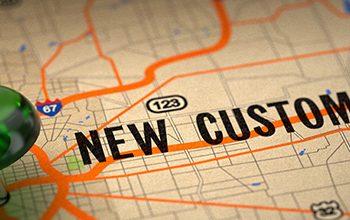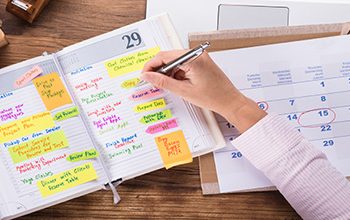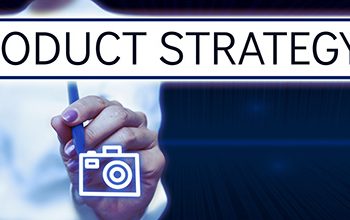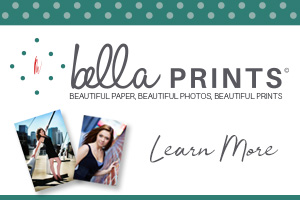by Lori Nordstrom :: www.phototalkforum.com
A consultation is a very important step in making sure you and your client are on the same page and thus avoiding misunderstandings or disappointments that will mar your client’s experience with you. Consultation time is designed to give your client the opportunity to ask questions and get all fears, doubts and objections out in the open. Be prepared ahead of time by scripting every possible question or objection you can think of that your client might have and what your answers are. You want to give your client answers that satisfy them in all areas long before the sales appointment. This is your opportunity to educate your client. Let her know what to expect and what to expect from you.
There is no substitute for the consultation. In our industry it is extremely important for you to verbally communicate with clients. I’m not saying your can’t educate your clients through your website or by printing something beautiful for them to take home or mail to them, but my strong advice is to still make sure everything is verbally communicated to your client. Frequently, I have heard complaints from studios along the lines of, “Well, I sent them all of my policies and procedures and it was clearly written out so I don’t understand why they did this,” or “I don’t understand why they asked this question, when it was clearly answered in my brochure,” or “They shouldn’t do this or they should expect that if they had read my website!” Well, these days everybody is very busy and there are very few people who want to sit and read through anyone’s policies and procedures or even suggestions. You might have one out of 20 moms who really enjoy that kind of thing, doing all the research and sitting and reading everything you have to offer. Make sure that even if you’ve given them something with details written down, you only use that as a reference they can turn to. Don’t get lazy! Make sure that you are still verbally explaining everything you want the client to hear no matter what other kind of information material you make available to them. Only when you are talking to them one-on-one can you make sure they understand everything. Only in verbal conversation are you available to answer questions and make sure that your message is clear.
If you are all on-location or don’t have the manpower to bring your client to your studio for a consultation, do a consultation over the phone. It is even more important with a phone consultation to have answers prepared. This is the time when questions will come up (if they haven’t already) such as “will you be able to put all of the images online?” Or, “What if I can’t decide while I’m there?”
Whenever you have contact with a client over the telephone you need to pay careful attention to your voice and how you say things making sure that you have a good telephone personality. We’ve all been greeted by people on the phone who have left us rolling our eyes because they use poor grammar or are very short with us — so rude in fact that you are tempted to ask them if they are in a bad mood.
Another negative is not answering the phone, or not promptly returning phone calls, so we need to think about all those things and put systems in place to deal with calls. You cannot build good client relationships if they cannot get their phone calls to you answered. If you have a home studio and don’t have employees, it is especially important to set up a friendly helpful phone message such as, “Thanks so much for calling. I’m currently with a client but will be returning phone calls today between one and three.” Whatever the case may be, set up a system that works for you and make sure you do return those phone calls promptly at whatever time you’ve stated or set aside.
I also think it is better to ask clients to leave a message rather than telling them to email. As I have already said that you need to verbally communicate with clients. One-on-one, personal communication with your client is invaluable. If you are asking them to leave a message, you might also say something like, “Please indicate if morning or afternoon would be a more convenient time for you to have me return your call,” or something on this order that lets you know when you can reach them. When you plan your workflow, I would recommend that you set aside time for making phone calls.




























People reacted to this story.
Show comments Hide commentsA very good post ,I like it very much ,hope you will give another post asap Great info Thanks!
Comments are closed.